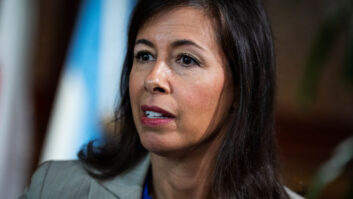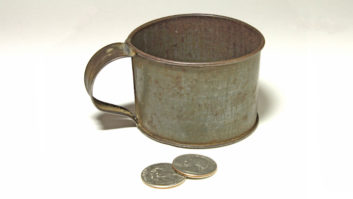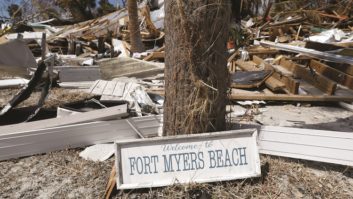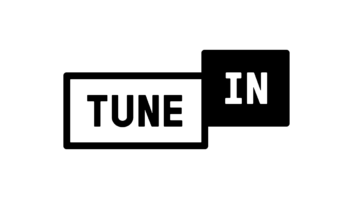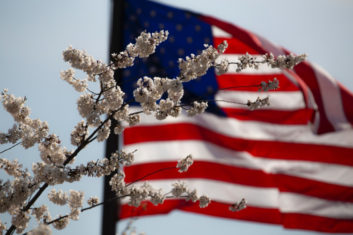
The author is membership program director of the National Federation of Community Broadcasters. NFCB commentaries are featured regularly at www.radioworld.com.
The latest federal budget proposal has created waves in the noncommercial media space. Once again, the president recommends an end to public funding for educational broadcasting.
If you read the headlines and feel like you’ve heard about this before, you are not wrong. This is the third budget by President Donald Trump to seek an end to the generations-long commitment to public radio and television. He’s not the first to try this reduction either. Vanity Fair recently explored how public funding for noncommercial educational broadcasting has been a focus of politicians since the 1970s.
[Read: Community Broadcaster: Up in Smoke]
Picking this fight now is puzzling. These days, there are many disputes over the media. The average American’s trust in their local radio or television has waned in poll upon poll. The exception has been in noncommercial media, which has seen gains in audience nationwide. Appreciation for noncommercial TV and radio stations in communities is boosted by the many stations who do in-person engagement work and storytelling, such as the Minnesota stations profiled by Current.
The last two Trump administration efforts to cut federal funding failed. This time, how far this budget gets is questionable.
Joshua Benton notes precisely why this task may face an uphill climb. In addition to a swing of Congressional control to the Democrats, there is a perception gap. Americans largely like and trust noncommercial media. Republicans rejected the same cuts when they ran Congress, in part because the elimination was a minuscule part of the federal budget. With major races for office coming next year, you can assume that lawmakers might be hesitant to anger voters or offer rivals an opening.
Then there are the Beltway machinations. Regardless of administration, budget proposals are a statement of priorities and a wish list, to a lesser degree. Federal budgets will be reviewed by Congress, debated, amended, reviewed again and again and, eventually, be voted on by our elected representatives. What President Trump signs off on may end up radically different than what left the White House months before.
Nevertheless, the occasion has proven to be a good time to remind everyone just how valuable the noncommercial educational broadcasting system is to the nation.
Patricia Harrison, president and CEO of the Corporation for Public Broadcasting, issued a statement on the proposal. In it, she highlights many of public media’s good works. The statement reads, in part, “As a trusted partner within communities and states, public media has covered issues before they became national concerns. For example, public media stations in all 50 states have produced thousands of hours of local broadcast and online coverage on the impact of opioid addiction and have hosted hundreds of town halls and other events with local community partners focusing on solutions. Through the CPB-supported American Graduate: Getting To Work initiative, stations are creating local content focused on the essential skills needed for students and workers to succeed in the job markets of today and tomorrow.”
Harrison is spot on in her assessments. The American Graduate program, devoted to “shine a light on pathways to graduation and successful student outcomes,” has demonstrated huge impact. The public financial support for educational radio, television, digital and teaching platforms has yielded undeniable results.
Policymakers on both sides of the aisle have seen the wonderful work of stations over the years. Many have surely discovered this funding as money well spent. As Republican Tom Cole of Oklahoma told Variety, “If you look at the range of services it provides, the quality of programming and the points of view it expresses, I just think for the amount of money we are talking about here, and the multiplier effect, it is able to sustain itself. I don’t see Congress having the desire [to cut funding] because they reflect the desire of the American people.”
In fact, the tangible successes and goodwill from the public is enough to make you ask what greater work CPB and the noncommercial educational media system could do as a whole with greater and expanded commitments. With people like America’s Public Television Stations President Pat Butler advocating for increased funding from Congress and more stations, especially rural ones, encouraging better dialogues about support, this may be the year to see some wins in Washington for noncommercial educational radio and television.





